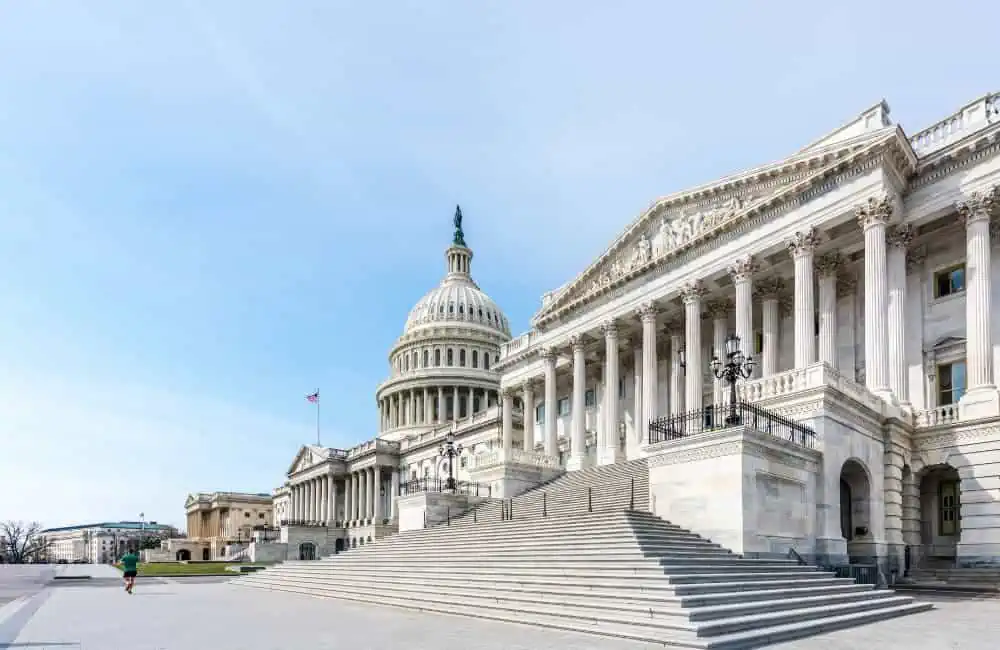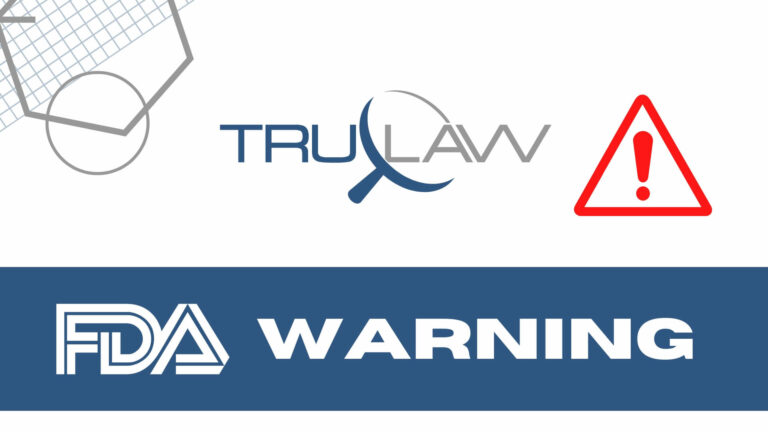Timeline of Water Contamination at Camp Lejeune
Camp Lejeune was first established in 1941.
In 1942, the drinking water system at Hadnot Point first began operations.
Approximately 11 years later, in 1952, development in the Tarawa Terrace area began, as did water system operations.
The Agency for Toxic Substances and Disease Registry (ATSDR) has estimated that water contamination began at the Hadnot Point water treatment facility in about 1953, while the water supply at the Tarawa Terrace water treatment plant first became contaminated around 1957.
Around 1980 or 1981, officials tested the water supply at Camp Lejeune for THMs, which are a collection of chemical compounds that the EPA has determined to be hazardous to the environment and to human health.
Ironically, certain chemicals interfered with the test results, and in 1982, those chemicals were found to be TCE and PCE, two of the primary water contaminants at Camp Lejeune from 1953 to 1987.
From 1982 to 1984, the Navy commenced an environmental cleanup initiative with the goal of determining which contaminated locations needed to be further investigated.
From 1984 to 1985, after specific toxins were detected in water wells near possibly contaminated areas, Camp Lejeune finally began to conduct a thorough inspection of all water sources on the base.
During the course of their investigation, they found that ten wells were found to be contaminated with various chemicals.
Those wells were immediately retired.
In 2012, Congress passed the Janey Ensminger Act, which entitles veterans’ family members to claim healthcare benefits through the Department of Veterans Affairs (VA) if they suffered certain health issues after being exposed to the toxic water at Camp Lejeune for at least 30 days between 1953 and 1987.
This act, which was signed into law by President Obama, created a “presumptive service connection,” meaning that family members of veterans who lived at Camp Lejeune for thirty days during the identified time period and were later diagnosed with cancer or other covered conditions could receive VA healthcare benefits without having to prove that their condition was caused by the contaminated water on the base.
However, the act does not entitle individuals who suffered harm at Camp Lejeune to bring a lawsuit against the government or any other negligent parties who were responsible for the contamination.
The Camp Lejeune Justice Act of 2022
In 2022, the Camp Lejeune Justice Act was introduced in the U.S. House of Representatives.
With its passing and signing into law, it allows anyone who served, lived, or worked at the camp for at least 30 days from August 1, 1953, to December 31, 1987, to file a claim with the federal government and recover compensation for medical expenses, lost wages, pain and suffering, and other losses.
Until now, veterans and family members, along with non-military civilian workers, have had no way to pursue legal action against the government or other negligent entities that contributed to the water contamination at Camp Lejeune.

In North Carolina, there is a statute of repose on lawsuits involving polluters.
Unlike the statute of limitations period for personal injury cases, which typically begins on the date of the injury, the statute of repose period actually begins on the date the negligent party first engaged in misconduct.
That statute of repose allows victims a mere ten years in North Carolina to file a civil suit for compensation.
In other words, the statute had passed long before the contaminated water was officially discovered.
As a result, thousands of veterans and civilians who were diagnosed with cancer or another type of serious illness after being exposed to contaminated water at Camp Lejeune were barred from pursuing compensation through the courts.
With the bill passing, the statute of repose will be lifted for these cases, and victims will have an opportunity to have their day in court.
If you were diagnosed with cancer or another serious health condition after serving or living at Camp Lejeune during the allotted time frame, visit the TruLaw Camp Lejeune Contaminated Water Lawsuit page and get an instant case assessment.




